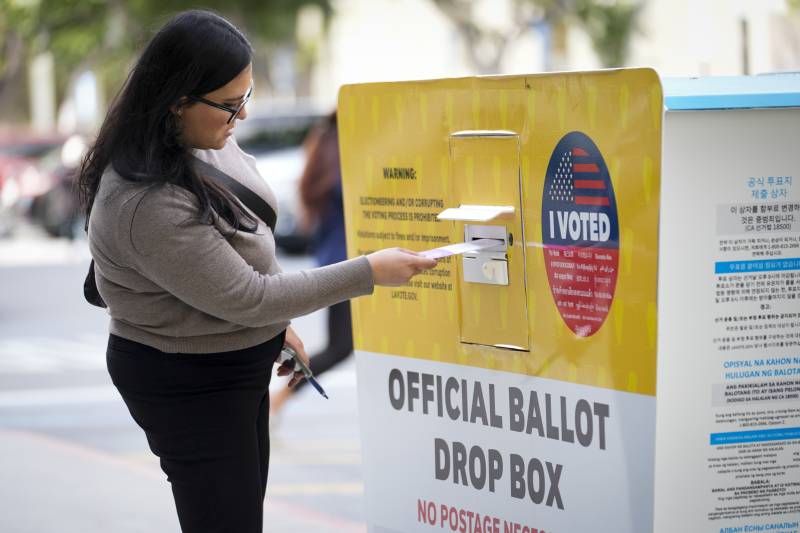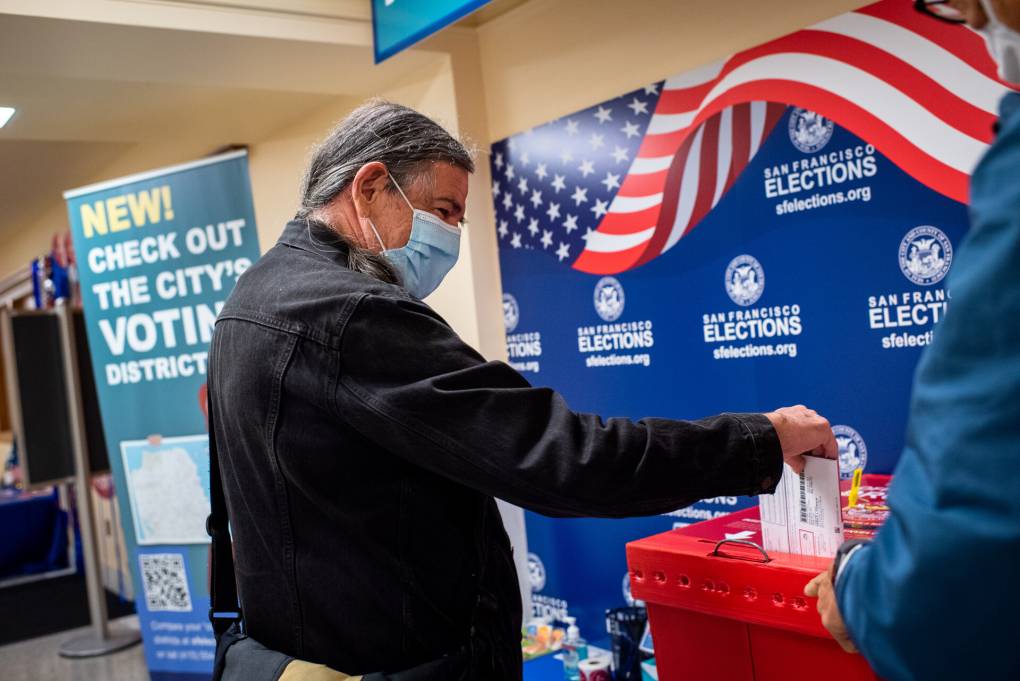Twenty-one percent of California’s registered voters turned out to vote for Tuesday’s presidential primary, based on the number of ballots counted so far, according to the latest data from the state.
Meaning as of Friday afternoon, among 22 million registered voters around the state, around 4.5 million submitted a ballot. However, there are still millions of ballots that still need to be counted through the mail.
That would make this election the lowest registered voter turnout in presidential primaries since 2004.
The highest turnout was 58% in 2008 — the first year Barack Obama was on the ballot for the Democratic party.
While all nine Bay Area counties saw a drop in voter turnout, Alameda County saw the lowest turnout at 10.5% — a decline of 41 percentage points from 2020’s presidential primary.
Solano County saw the highest turnout among the nine counties at 30%.
California takes a little over a month to certify the election, according to Alan Minsky, the head of the national group Progressive Democrats of America. (Although how the state “can take a month to report its votes is beyond me,” Minksy said, referring to California’s status as the home of Silicon Valley.)
What’s behind the low turnout?
Paul Mitchell, vice president of Political Data, a bipartisan organization that analyzes voter data, said he predicted that turnout in this election would be low. “The data showed that the electorate was old, white and more conservative,” he said.
“When we look at elections, there’s always two components to turnout,” Mitchell said. “The first is mechanical: How do you register to vote? How do you stay registered? How do you get a ballot? How do you return your ballot?”


